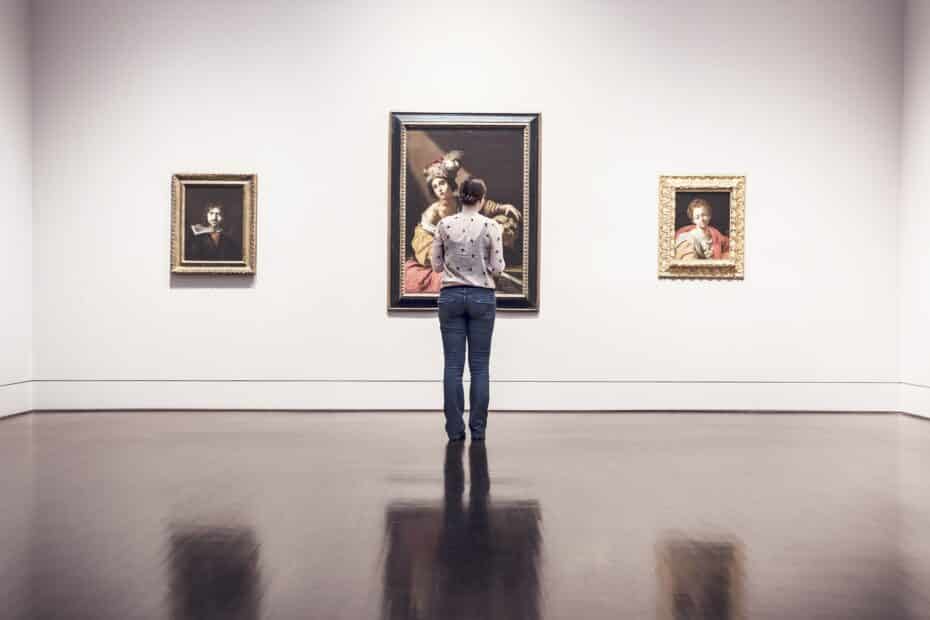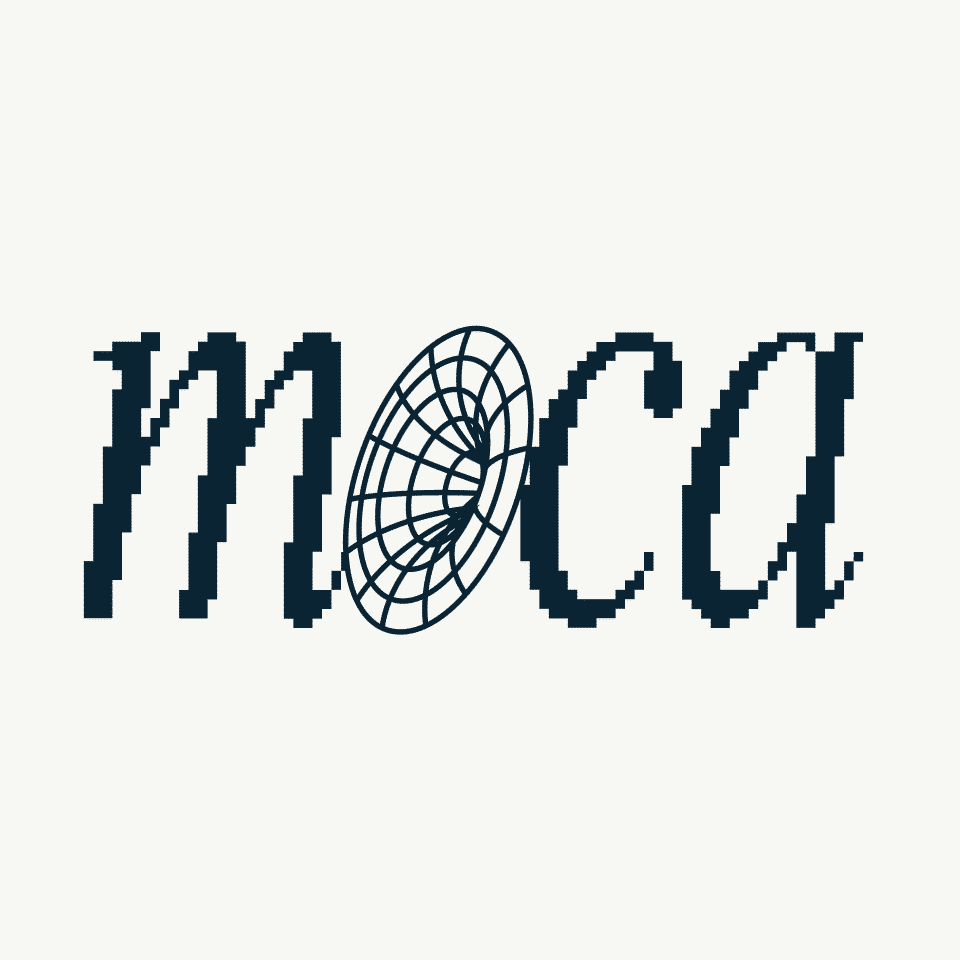In this interview, the co-founder and director of the Museum of Crypto Art, Colborn Bell, explains how the Museum of Crypto Art was initiated, how the museum is run, and what he envisions as the future of digital art museums.
Jonas Kasper Jensen (JKJ): What is your background and how did you spot the crypto art space?
Colborn Bell (CB): I was born and raised in Southern California, went to university in New York City, where I studied economics and psychology. After that, all of the work I have been doing has been about looking at the relationship between capital and change; about how we use capital to invest in novel ideas, how to grow new businesses, and how to find people and opportunities that are willing to be the first risk-takers on significant innovation.
I was early to Ethereum. I loved the idea of a trustless smart contract and the belief that there is an even distribution of genius in the world and an even distribution of good ideas. I played the ICO game very heavily. The first NFTs I was playing around with were MoonCats. I remember a summer day with my sister explaining how MetaMask worked and how we were CPU-mining these pixelated cats on the moon and that we got to name them – and it was all just good fun. I played a bit with CryptoKitties and was involved in the Decentraland ICO and the subsequent land auction. That’s what sparked my interest in virtual lands.
When Somnium Space launched in January of 2020, I fell in love with its aesthetic and liked that it was VR forward. Inside there was green grass and blue sky. To me, it symbolized unlimited opportunity. I was reminded of a museum trip that I took in Central Brazil called Inhotim, which was so different from what I had been used to as far as a museum or gallery scene in New York City, which was exceptionally curated, very sterile, and very chronological in the way that you walk a path through the museum that brings you through time.
But Somnium Space land was so different because it was just a wide-open, multi-acre property where you could see something in the distance that would catch your eye, and you would go travel to that, and then you would see something else. I liked the idea of not following somebody else’s curation, but that I could follow my eye and go on that treasure hunt and exploration without somebody trying to tell me what to think. Instead of being told what is culturally important, you begin to explore for yourself what is essential. That made me want to recreate a similar experience in a museum in virtual reality.
So the Museum of Crypto Art was born. The idea was to have various art exhibits and installations dotted throughout the world where people could go to the museum.
I knew I couldn’t do all this by myself – that it would have to be done in partnership with digital creators and artists. And that’s where my passion for the art-NFTs was born, especially for the ones on SuperRare. It afforded the ability to have direct conversations with artists and through that, I got a bit of the background in designing and thinking about what types of exhibitions would be additive to their work.
JKJ: The Museum of Crypto Art was one of the earliest collectors in this space, as I remember.
CB: Yeah. I bought my first piece on February 12th, 2020.
I think I bought three pieces that day. The first one was Miss al Simpson, lady luck.
One was a Max Osiris piece, and I forgot the third. That was the beginning of the adventure, and the museum was launched in April.
I think we probably were the first significant collector not just to put the pieces of art in cold storage vaults but to showcase them. We also made a point of taking video calls with all the artists, getting to know the people and seeing the work to understand the artists. This was trying to define what crypto art was and the type of mission this museum was on.
JKJ: So what is your vision for the Museum of Crypto Art?
CB: I believe we are the only institution with a nonprofit mandate operating more along the lines of what a traditional museum would be doing. But at the same time, we aim to be forward-looking, and we strive to be an innovation lab where people can come together, make connections, and learn from one another. The purpose is that people in this space can push the boundaries of what NFT is as a form, as a carrier of this medium of art having a digital format.
We are a global foundation with a mandated effort to NEVER sell the work in our collection; we remove ourselves from the market narrative and try to return the conversation to the art, the artists, the exhibitions we are showing, and the tools they use. So the idea of the Museum of Crypto Art is to be non-biased in what the market is doing but speaks more to the art side of this. I think this is critically important.
As the tools and technology evolve, we will be adopting it, and we will be bringing it online, bigger and better with each iteration. I think the end goal for the museum is to have something that would be a standalone app on an Oculus Quest, where people click on the app and are given a list of rooms and curations. And they can say, “Today I want to explore the MOCA sculpture garden,” which would be a collection of 3D assets, where someone can invite their friends to go together and explore the history of 3D objects through the NFT space, for instance. It’s about creating positive public spaces where people can go and socialize and have conversations in an environment that is off Google Hangouts or Zoom.
And frankly, we’re building for a future that isn’t here now but, in my mind, is inevitable.
I treat all of the worlds we are in now as an experimental sandbox, almost like a proof of concept. Decentraland was very early to allow 3D-object implementation. So that’s where we went to build our sculpture garden. And it’s great that it’s online and it’s accessible, but imagine how much more powerful it would be in virtual reality where the sculptures are 20 meters tall, and you can walk around them, and maybe you can fly and explore different details.
I love the intersection of art, architecture, and design and the surrealist elements that digital mediums provide. I also enjoy the ability to recraft and redefine online identity through avatars. I think this will create spaces that provoke new types of conversation. I think people will feel more comfortable in the virtual skins that they’re presenting forward. Ensuring their right to privacy and removing any sort of preconceived bias or judgments about who they might be based on, either where they are or their means—and returning it to their passion, energy, and creative outputs for the things that they’re doing.
As you can see, we aim to be forward-looking and innovative and give people the space and comfort to connect and meet. Our Genesis Collection works to show the breadth and depth of what crypto art is.
JKJ: What is the Genesis Collection?
CB: The Genesis Collection is meant to give a home to all of the early creators who believed in this space before the market took off.
It’s very much an ideological collection; it’s an homage to the risk-takers, the believers in a new creative paradigm. And all of the work, the way we describe it in the manifesto, is the digital cave paintings of the NFT era or the metaverse. These are the first transcriptions on the blockchain that were done generally not for profit but for ideological reasons. And the belief that together we could create something that would have an outsized impact and effect and redefine creator-economies.
It’s meant to be a community-driven public-goods project. And we want to give people a means to curate themselves. To provide the power to everyone to decide what is the truth and what is essential because it’s meant to be decentralized curation.
JKJ: I can hear you touch upon the DAO aspect a bit when you say decentralised curation. Can you explain it?
CB: What does a DAO mean in this day and age? Well, it just means like-minded, passionate people are coming together around ideas and having a conversation, collectively trying to uncover what is important to these people, and giving them the freedom and space to explore their passion and see it implemented on the platform.
That’s why I’m very interested in what SuperRare is doing with their DAO because I’m going to learn a lot about governance from them and how they structure their idea of spaces. And I think I can replicate their model within the museum.
JKJ: If someone, after reading this, were to engage with the museum, what would you recommend them to do?
CB: I would say go to our website, museumofcryptoart.com. Begin to poke around, explore the Genesis Collection, hop into the Discord, follow us on Twitter. Read the manifesto, read the articles on our medium. Start to think about the ways that we are playing with AR and VR and the previous exhibitions that we’ve done. And figure out what you are passionate about and the ways that you would like to be involved in an open and accessible form institution like this.
Visit Museum of Crypto Art
Image by Ryan McGuire from Pixabay
Read more: How to mint and buy NFTs on NFT marketplaces



